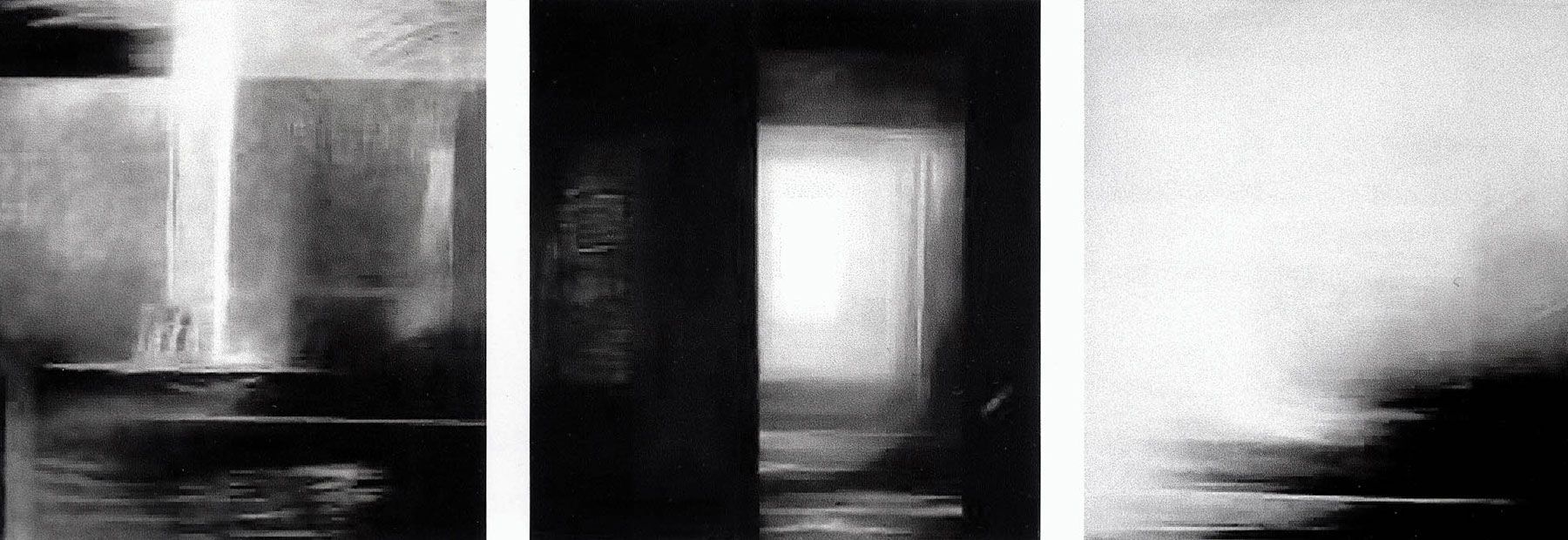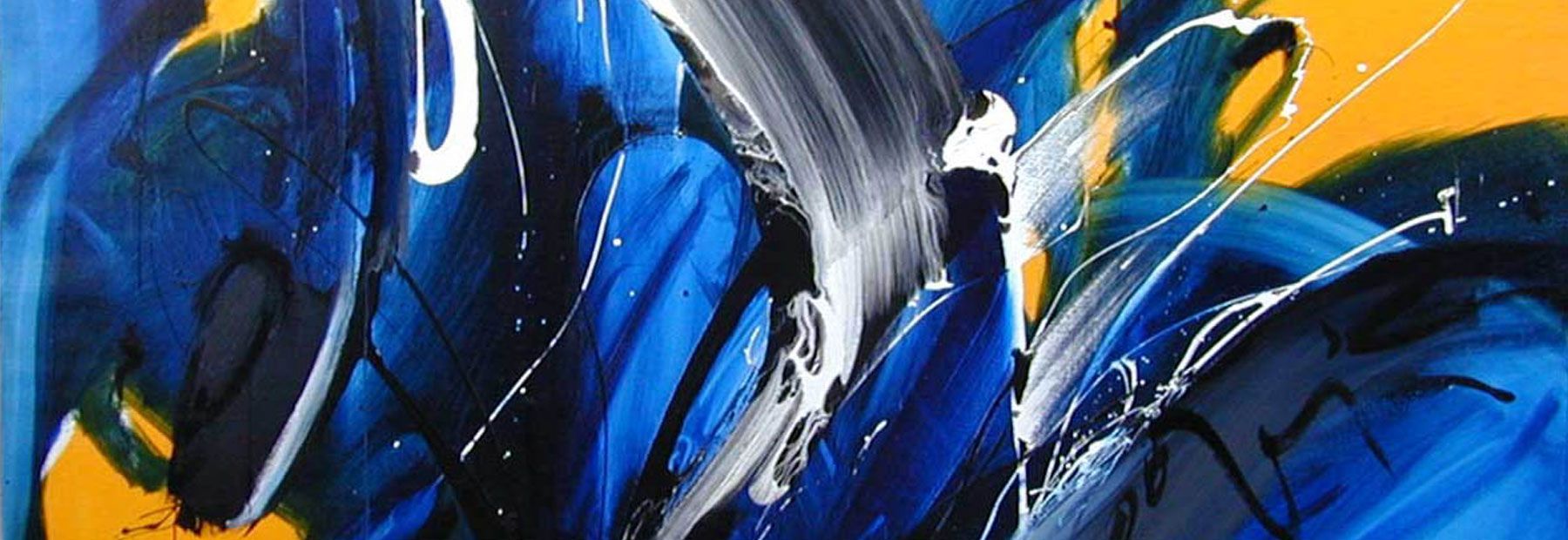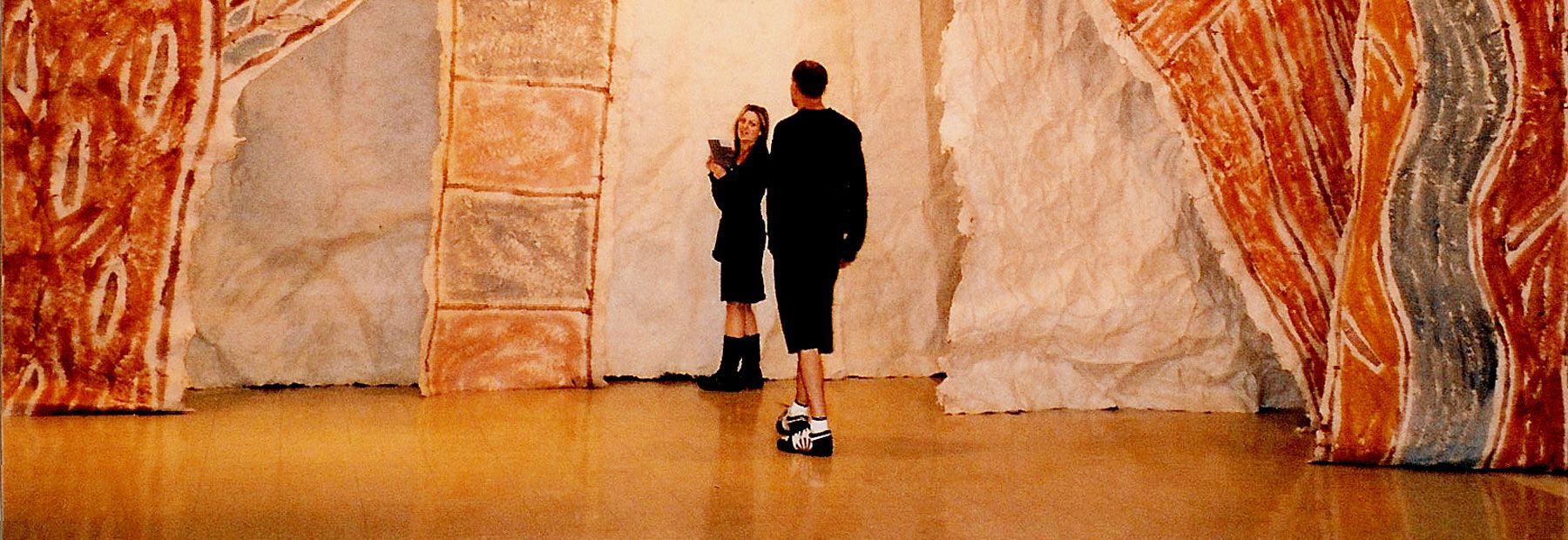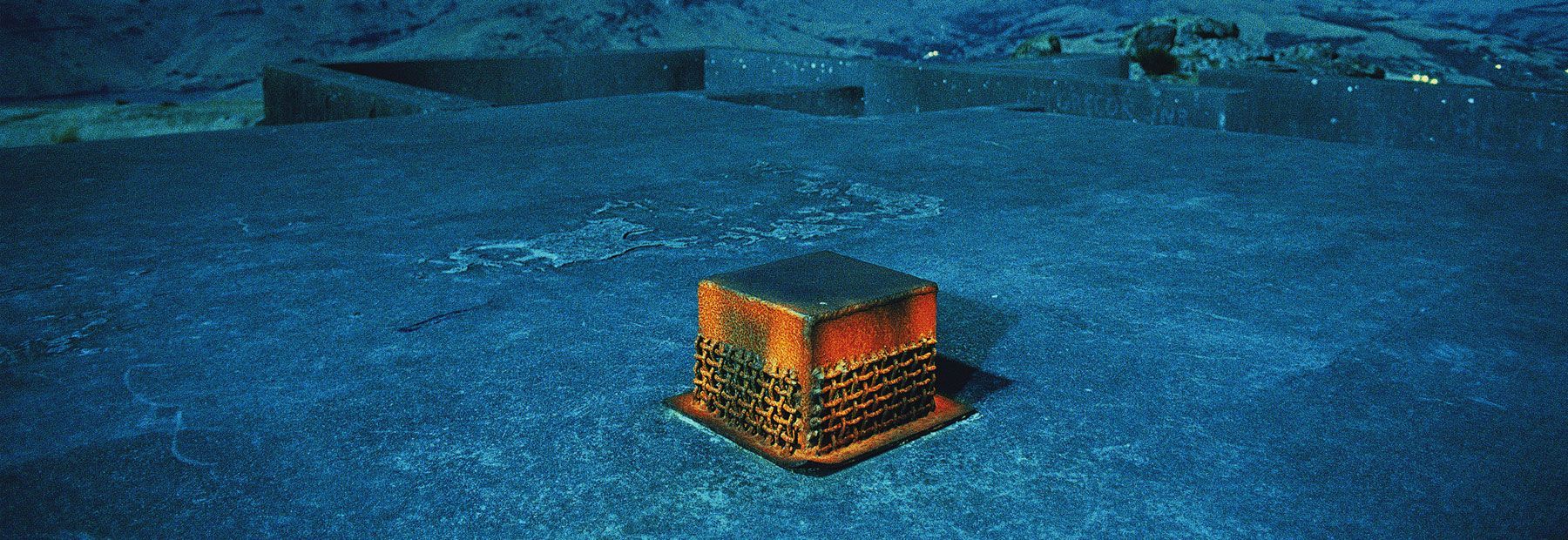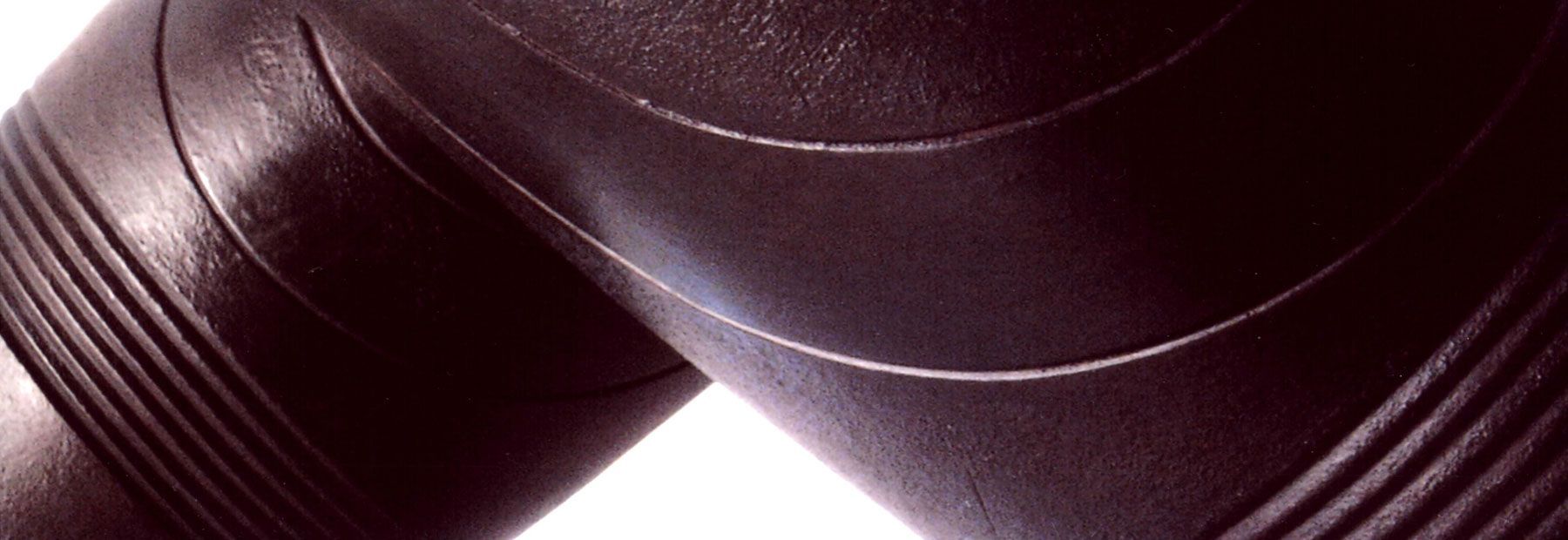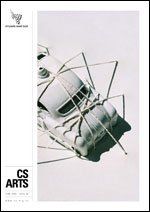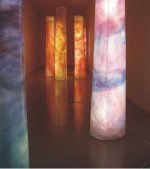Pleasure Communicates
Justin Paton talks to CS Arts about the importance of valuing the art experience, writing about art, and how art works within the gallery space. A writer and former art critic, Paton became senior curator at Christchurch Art Gallery Te Puna O Waiwhetu in late 2007.
Reading his well-known and highly acclaimed book 'How to look at a painting', I discovered an easy and informative read in a personal and sincere style. On meeting the man, these attributes were confirmed and made for an enlivening experience sharing the love of art.
On writing about art
‘I didn’t start out thinking I would be a curator, but a fascination was always there. Instead I became an art writer, through fortuitous circumstances. I was studying Art History and English at Canterbury University when Jonathan Mane-Wheoki, who was one of my lecturers, recommended me as a reviewer to The Press.
‘Some of my richest art experiences have come about through reading other writers. Reading good criticism is all about entering a living conversation. In the 1990s I read my way through the film criticism of Pauline Kael, watching what she’d watched and then turning to her writing afterwards. What I valued in Kael’s work was the way she’d open your eyes to things you might have been unsympathetic to. And the sense of a human being at home in the writing—this passionate, cranky, witty and totally engaging intelligence.
‘The most telling art experiences of my career are when I have dealt with artists or artworks I don’t necessarily feel one hundred percent comfortable around. There are artists whose work you feel in total agreement with. For instance, I have written about Ricky Swallow, the Australian artist. I feel like I am there with him, on side with the work. And then there are artists, such as Jeffrey Harris, whose works are so tumultuous and fierce that they knock you back on your heels. They want to be remembered but not necessarily liked. It’s as if loving the work is enough. The writing is often just a bit more peppery or flavoursome when you have something to argue with, as well as something to praise.
‘So few of us have much time, but time is exactly what art wants from us. As a curator you’re in this lucky position, now and then, to be able to spend several weeks thinking and writing about an artist—really finding your way into their work, learning their language, and then looking out at the world through something resembling their eyes.’
Artists and critics
‘The most compelling contemporary art often comes from artists who are vexed about the value of art. The most interesting artists are the fiercest doubters of art. They ask the biggest questions. Where is art at the moment? What is its value to us—how much traction does it have on the public imagination? Is it just baubles hung above a mantelpiece for a wealthy elite, or is it in fact something that has a larger obligation to the culture? These artists won’t necessarily be those that I like the most, and this in turn raises a very interesting question: do we need to like the artists we respect most? Or are the artists we respect most those that leave us feeling most shaken, that unsettle and disenchant us?
‘To give just one example: in the mid 1990s Peter Robinson was making work that scrutinised his own flight to fame as a commentator on biculturalism. As a critic, at the time I felt frustrated by how self-reflexive the work was. It felt like a closed, parasitic loop, art about the systems of art. Yet viewed from another angle, Peter was just expressing in visual form some of the same doubts I felt as a critic about art’s marginal role. And one of the nice things about working as a curator with artists is that you have the opportunity to imagine your way more sympathetically inside those doubts. With an artist like Peter I have a sense that, to produce the work he needs to produce, he pushes himself as close as he can to despair with the whole enterprise of art-making, and at that point says, "Here, at degree zero, taking into account all my doubts, concerns and anxieties about art’s role—what can I make at this moment?"’
On ‘good’ art
‘The best artists have the courage to follow their questions without necessarily knowing where the line of enquiry will lead them. Because of the new emphasis on research-based funding in art schools, there is now an emphasis on always accounting for your practice, declaring "aims" and "outcomes". The danger there is that the work turns into its own explanation—an illustration waiting to be translated back into a wall label. In the art works that hold me for the longest, you have the feeling that whatever the work is saying can’t be summed up quite so easily.
‘Given a choice, I wouldn’t define good art, because you’re always looking for the thing you feel you don’t have words for. But two key qualities are patience and stamina. You want art that is slow-burning rather than giving itself away all in one go—that keeps getting richer the more you reflect on it. That’s what defines the good work, the way it seems somehow mysteriously to refresh itself. You see that with McCahon’s work in the Christchurch Art Gallery, Tomorrow will be the same but not as this is [1958-59]. It is fifty years old this year, but still has total clarity and mystery.’
Shock tactics
‘I do often hear people talking about contemporary art as being shocking, or full of shocks, or relying on shock value. And obviously there are sharks in tanks in the famous works by Damien Hirst or the mannequin of the Pope crushed by a boulder in an infamous work by Maurizio Cattelan. These are the vivid and controversial objects that, of course, get reproduced a lot.
‘But to be honest, when people say contemporary art is shocking I wonder what on earth they are talking about. Turn on television on any given evening—there are more gratuitous shocks and violence in a single forensic TV crime drama than there are in twenty galleries. Yet the same people who might complain about a mildly risqu? nude in a gallery let it slide when it’s beaming into the nation’s living rooms. I think it is just that people have different expectations of the two forms. Unpacking this double standard would tell us a lot about what people think art galleries are for.’
Power-plays
‘Quite a few people believe that art is defined by a small and elect circle of powerbrokers and gatekeepers. And there are definitely lots of moments when someone with an independent mind and strong feelings about art ought to want to quarrel with the institutional consensus on matters. But to me people are too pessimistic about the power they have as independent viewers.
‘As a gallery-goer you are not just this neutral outsider. Your visit, your time, your attention—these are all things that have value. So when you step into galleries, even if you don’t feel like part of the so-called art world, you are an agent in the life of art at that moment. Ideally art changes us. But we also change art. The conversation about quality is not over when you enter the gallery. It’s just beginning.’
On galleries and curators
‘Galleries are spaces for the free play of ideas. People who want to extract one straightforward message from art and then move on will probably not have much fun looking at contemporary art. Because what contemporary art often offers us is a chance to immerse ourselves in the question or the problem, to entertain doubts, to be in two minds and enjoy it.
‘Images always matter, and one definition of a gallery is that it’s the place where images matter most. A gallery is a place where there is an ethic of attention—where paying attention and slowly unpacking the visual experience have primary value. And there are so few other spaces like that. I think galleries have value because they are places where people can come in and try on different sets of eyes and different ways of looking at the world, and then move out into the world with a much larger sense of it. It’s always tricky saying that galleries have an ethical or moral purpose, but I think that is one of the places where it is most likely to reside—the way they encourage an imaginative generosity and openness to other perspectives.
‘For a curator there is a wide range of things to think about, from purely practical thoughts about where things go, through to big picture thoughts about what the programme should be. But I do feel strongly that we as curators should believe in the work we are showing, we should be passionate about it. Customer surveys are all very well, but I think the best possible guarantee that visitors will be enthusiastic in experiencing a show is that the people who organised it were themselves excited. Pleasure communicates.’
Justin was interviewed by Janet Joyce.


